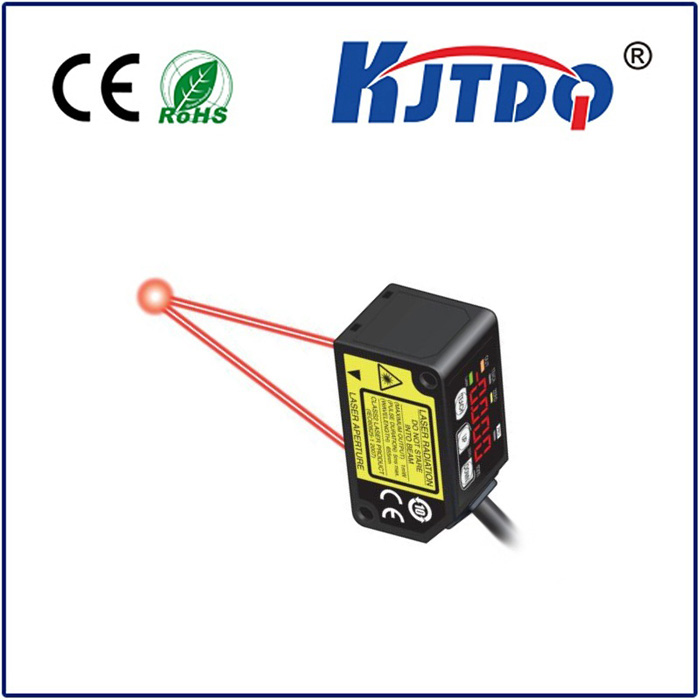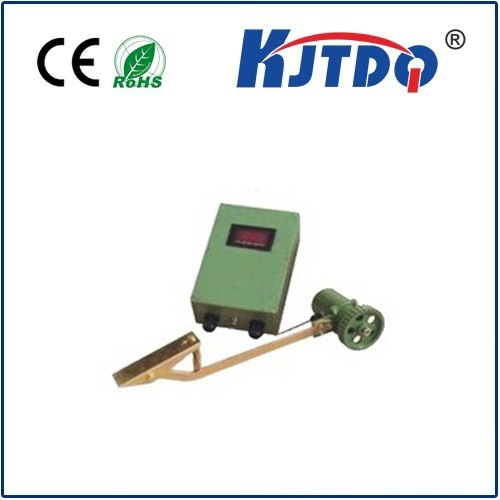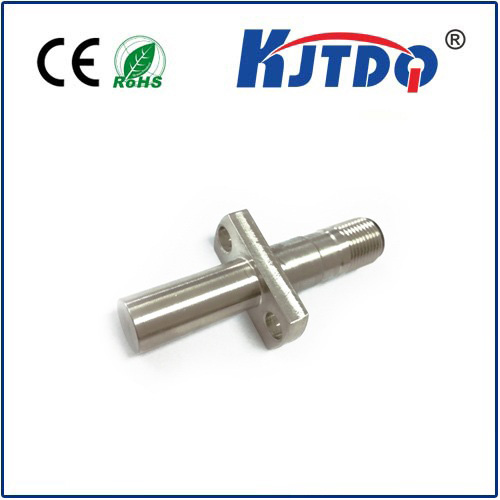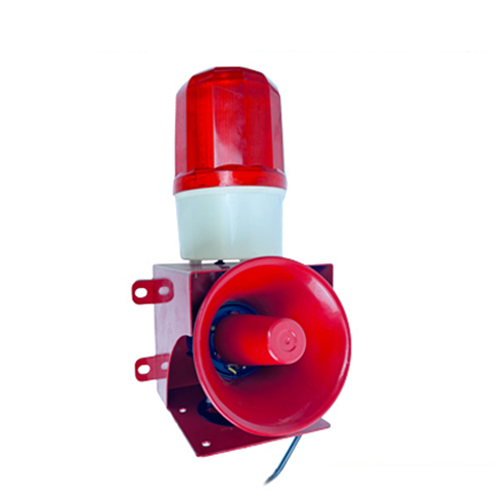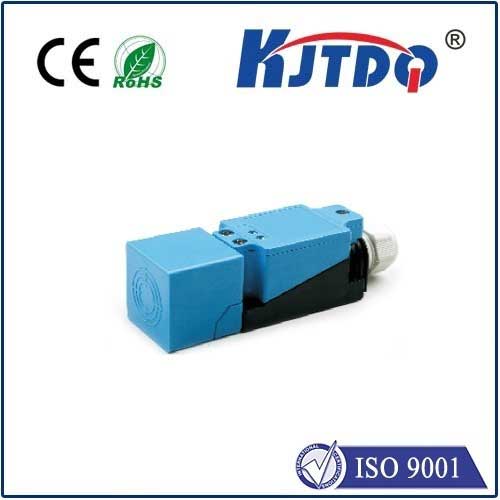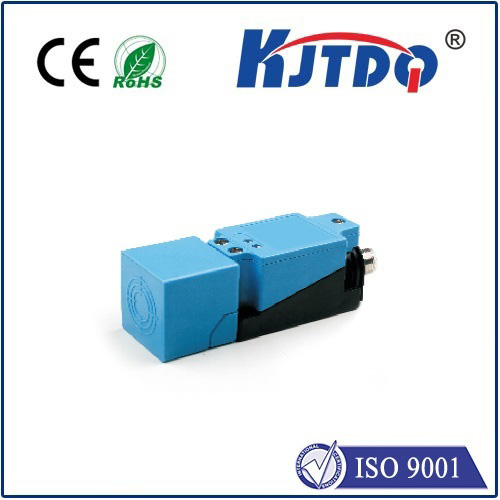E2E-X2MF1-M1-Z proximity sensor
- time:2025-09-22 11:53:26
- Click:0
E2E-X2MF1-M1-Z: Mastering Precision Detection with Omron’s M18 Shielded Proximity Sensor
Imagine a high-speed assembly line where robotic arms place components with millimeter accuracy. Or envision a CNC machine spindle whirring, where knowing the exact position of the tool holder is critical. In these demanding industrial environments, a fraction of a millimeter can mean the difference between flawless operation and costly downtime. This is the realm where sensors like the Omron E2E-X2MF1-M1-Z thrive – engineered not just to sense, but to do so with unwavering precision and reliability, even in the toughest conditions.
Deciphering the Code: What the E2E-X2MF1-M1-Z Represents
Understanding its model number reveals its core identity:
- E2E: Omron’s standard inductive proximity sensor series.
- X2: Indicates an extremely short sensing distance of 2mm. This signifies high precision, ideal for close-range detection tasks where minimal clearance is available or where pinpoint accuracy is essential to prevent false triggers.
- F1: Specifies the housing size and shape – an M18 cylindrical threaded barrel (18mm diameter). This is one of the most common and versatile form factors in industrial automation.
- M1: Denotes a shielded (flush-mountable) design. Unlike unshielded sensors, the E2E-X2MF1-M1-Z’s sensing field is concentrated at its face. This allows it to be mounted flush with or even recessed into metal surfaces without performance degradation, making installation flexible and protecting it from physical damage.
- Z: Indicates a DC 3-wire configuration with an NPN normally-open (NO) output transistor. This is a standard and widely compatible output type in control circuits.
Core Technology: Inductive Sensing Principle
The E2E-X2MF1-M1-Z operates on the fundamental principle of inductive proximity sensing. It generates a high-frequency electromagnetic field from its sensing face. When a metallic target (typically ferrous metals like steel or iron, but also detectable non-ferrous metals like aluminum or brass, though at a reduced sensing range) enters this field, eddy currents are induced within the target. These eddy currents draw energy from the sensor’s oscillator circuit. The sensor detects this energy loss and triggers a state change in its solid-state output switch (the NPN transistor in this case), signaling the presence of the target.

This contactless detection method is crucial in harsh environments with vibration, dust, oil, or moisture, where physical switches would quickly fail. Its solid-state design offers exceptionally long life and consistent performance.
Why the E2E-X2MF1-M1-Z is a Go-To Choice in Automation
This sensor packs significant advantages into its compact M18 housing:
- Uncompromising Precision with 2mm Range: The hallmark feature. A short sensing distance minimizes the risk of detecting unintended objects beyond the desired target, crucial for applications with limited space or densely packed components. It provides accurate detection exactly where it’s needed.
- Shielded (M1) Design Versatility: The flush-mounting capability is a major differentiator. Installers aren’t forced to leave clearance around the sensor, simplifying mounting in tight spaces or directly onto machine frames. It enhances physical protection and allows for a cleaner, more integrated installation.
- Robust M18 Housing: The M18 threaded barrel is an industry standard, making it easy to source mounting brackets, locknuts, and other accessories. The threaded design ensures secure and adjustable positioning. The robust metal housing provides excellent resistance to impact and vibration.
- High Environmental Resilience: Engineered for tough industrial settings, this sensor typically boasts ratings like IP67 (IEC). This means it’s dust-tight and can withstand temporary immersion in water up to 1 meter for 30 minutes. It can also operate reliably across a wide temperature range (commonly -25°C to +70°C), handling typical factory conditions and washdowns effectively. Its construction often includes corrosion-resistant plating.
- Reliable DC 3-Wire NPN Output: The 3-wire configuration (Brown = +V, Blue = 0V, Black = Output) with NPN NO output is a universal standard. The NPN transistor sinks current to the common (0V) line when active, making it compatible with a vast array of PLCs (Programmable Logic Controllers), counters, timers, and other control devices requiring a low-side switch input.
- Resistance to Interference: Quality inductive sensors like this Omron model incorporate robust designs to minimize false triggers from electrical noise commonly found in factories (motors, welders, etc.).
Key Applications: Where Precision and Reliability Matter
The unique combination of 2mm sensing range, M18 shielded design, and robust construction makes the E2E-X2MF1-M1-Z indispensable in numerous scenarios:
- Machine Tooling: Detecting tool presence/absence in spindles or turrets, confirming workpiece clamping, monitoring chuck jaw position. Precision is paramount here.
- Assembly & Conveyor Systems: Verifying component placement on pallets or fixtures, detecting small metallic parts on fast-moving lines, counting products accurately. The short range prevents miscounts.
- Robotics: End-of-arm tooling confirmation, detecting gripper closure on metallic objects, ensuring correct part positioning before manipulation. Reliability under constant movement is key.
- Packaging Machinery: Confirming the presence of metal lids, caps, or foil seals, verifying can/bottle positioning. Works well in potentially wet/dirty environments.
- Material Handling: Detecting the presence of metal rollers, chains, or trolleys, monitoring the position of actuators or slides requiring close-proximity confirmation.
- General Factory Automation: Any application needing dependable, close-range detection of metal objects where space is limited or mounting flexibility is required.
Selecting and Implementing Effectively
While the E2E-X2MF1-M1-Z is versatile, consider these points:
- Target Material: Optimized for ferrous metals (steel, iron). Non-ferrous metals (aluminum, brass, copper) significantly reduce the effective sensing range (typically 30-60% of the rated 2mm). Always test with the actual target material.
- Operating Voltage: Verify the specific DC voltage range (commonly 10-30V DC) for the variant you purchase.
- Mounting: Utilize the M18 threads properly with suitable locknuts and brackets. Ensure flush mounting against metal surfaces as intended for shielded performance. Keep the sensing face clean from excessive buildup of metal chips or debris.
- Wiring: Correctly connect the Brown (+V), Blue (0V), and Black (Load) wires according to the standard NPN NO schematic. The load (e.g., PLC input) connects between the Black wire and +V.
The Hallmark of Industrial Precision
In the intricate dance of modern manufacturing and automation, sensors are the silent sentinels, ensuring everything happens at the right place and time. The Omron E2E-X2MF1-M1-Z proximity sensor, with its precision-engineered 2mm sensing distance, robust M18 shielded design, and proven reliability in demanding environments, is more than just a component. It’s a solution engineered for accuracy, durability, and flexibility. When your application demands certainty in close-quarters detection within harsh industrial settings, this sensor stands as a testament














